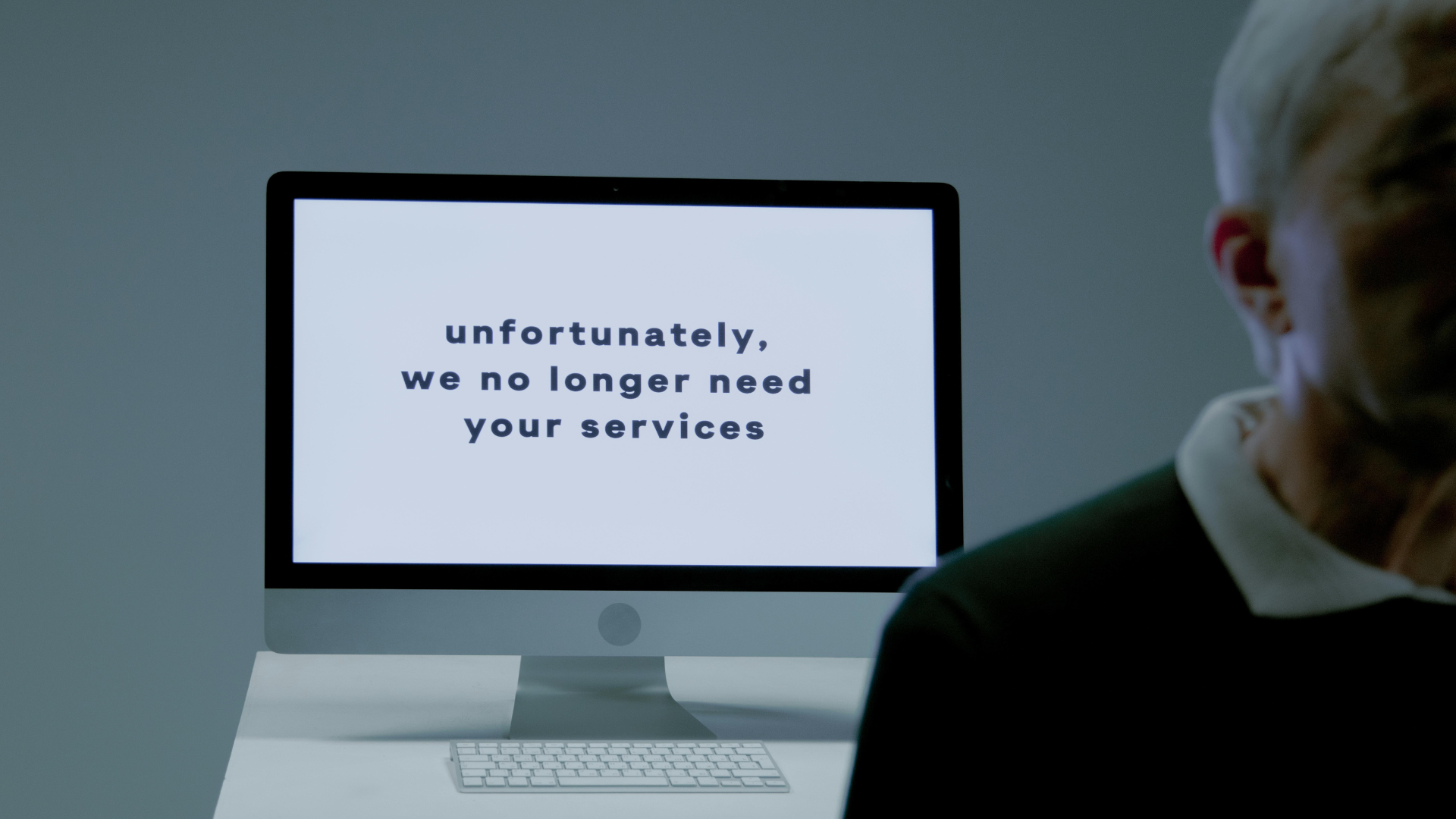Building Emotional Resilience in the Face of Job Insecurity
Redundancies. Restructures. Reorganisations.
Redundancies. Restructures. Reorganisations. These words have become all too familiar in today’s workplaces, not just as business strategies, but as personal stressors that carry real emotional weight.
Whether it’s a departmental shake-up, funding cuts, outsourcing, or whispers of mergers and AI-driven downsizing, the psychological impact of job insecurity is profound.
Even those who keep their jobs are affected. The fear of being next. The guilt of surviving the cut. The exhaustion of adapting, again.
This is where emotional resilience becomes more than a wellbeing buzzword. It becomes a vital skill. Not to eliminate the discomfort, but to help us live with it, without losing ourselves in the process.
Why Structural Change Hurts More Than We Expect
On paper, organisational change is strategic. Necessary. Rational. But to the people inside those organisations, it’s deeply personal.
Job insecurity doesn’t just threaten your income, it threatens your identity, your sense of control, and your connection to purpose.
Psychologists have long known that uncertainty is one of the most potent stressors we can experience. Research published in Nature Communications found that uncertainty creates more stress than knowing for sure that something bad is going to happen. Why? Because the brain struggles to plan, prepare, or protect itself, leading to a constant state of hyper-vigilance.
That’s why structural change feels so exhausting. Even when it’s “only” a reorganisation, or your job is “probably safe.”
The Psychological Effects of Job Insecurity
The emotional toll of workplace instability can include:
- Anxiety and sleep disruption
- Hyper-productivity fuelled by fear
- Irritability or withdrawal
- Difficulty concentrating or making decisions
- Loss of motivation, even in high performers
- Emotional detachment or cynicism
In prolonged periods of uncertainty, people often enter survival mode, where their focus narrows, creativity drops, and emotional regulation becomes harder. This doesn’t just affect wellbeing, it affects performance, morale, and workplace culture.
If we don’t name and address these reactions, we risk normalising a state of quiet distress.
So, What Is Emotional Resilience, Really?
Emotional resilience is not about denying stress or “thinking positive.” It’s the ability to:
- Feel what you feel – without becoming consumed by it
- Recover from setbacks – without pretending they didn’t hurt
- Adapt to change – without losing your values or identity
- Stay grounded – even when the future feels uncertain
It’s the psychological flexibility to hold discomfort and still act in alignment with who you are.
The good news? Emotional resilience is not a personality trait. It’s a skill set. And in uncertain workplaces, it’s one we all need.
Five Ways to Build Emotional Resilience During Structural Change
Whether you’re navigating your own uncertainty or supporting a team through transition, these strategies can help cultivate resilience in the face of change.
Validate the Emotional Reality
Too often, we try to power through change with a “keep calm and carry on” mentality. But pushing down fear or sadness doesn’t make it go away, it often makes it worse.
Say it aloud: “This is a lot.”
Acknowledge the loss: even if your job is secure, the culture, role, or stability you knew may not be.
Naming the emotion is the first step toward processing it.
Focus on What You Can Control
Uncertainty narrows our sense of agency. Resilience grows when we reclaim it, even in small ways.
Ask:
- What can I influence today?
- What part of my routine can I protect?
- Where can I set a boundary?
Rituals, structure, and proactive choices restore a sense of control in chaotic contexts.
Stay Connected
Isolation amplifies anxiety. In periods of change, connection is a protective factor.
Whether it’s:
- A trusted colleague to vent to
- A team check-in that’s honest, not performative
- A coach or therapist to help navigate emotions
Resilience doesn’t mean going it alone, it means knowing when to reach out.
Watch for Unhelpful Thought Patterns
Structural change often triggers distorted thinking:
- “I’m clearly not valued.”
- “I’m going to lose everything.”
- “There’s no point trying anymore.”
Cognitive reframing is a powerful resilience skill. It’s not about blind optimism, it’s about realistic, balanced thinking. Try asking:
- What’s the evidence for this thought?
- Is there another way of seeing this?
- What would I say to a colleague in the same position?
Reconnect with Your Purpose
Even amid instability, you can still anchor yourself to purpose. That might be:
- Doing meaningful work, even in a limited role
- Being a source of calm or support to your team
- Committing to values like integrity, curiosity, or kindness, regardless of what happens around you
Purpose fuels resilience. It reminds us we are more than our job title.
The Role of Employers: Don’t Assume People Are Fine Because They Haven’t Left
For organisations, emotional resilience isn’t just an individual issue, it’s a cultural one.
In periods of change, employers must actively support psychological safety:
- Don’t sugar-coat uncertainty – be honest and transparent.
- Provide access to real emotional support – not just one-time webinars.
- Train line managers to recognise signs of emotional strain.
- Build emotional literacy into change management plans.
At PsycApps, our CPD-Certifed Resilience Development Programme is designed to do exactly that. It offers practical, psychology-based tools for navigating stress, change, and emotional overwhelm, before they become crises.
We work with organisations who understand that long-term engagement isn’t just about processes, it’s about people’s capacity to cope, adapt and stay whole.
You Can Be Stressed and Still Resilient
There’s no “right” way to feel during times of change.
You might be scared. You might be angry. You might feel numb one minute and panicked the next. That’s not a sign of weakness. It’s a sign you’re human.
Resilience isn’t the absence of those feelings. It’s the space you create around them, the ability to respond, rather than react. To stay connected to who you are, even when the ground beneath you shifts.
In a world of restructures and redundancies, that’s not just a mental health tool. It’s a survival strategy.
Explore our CPD-Certified Resilience Development Programme to start your journey today.


